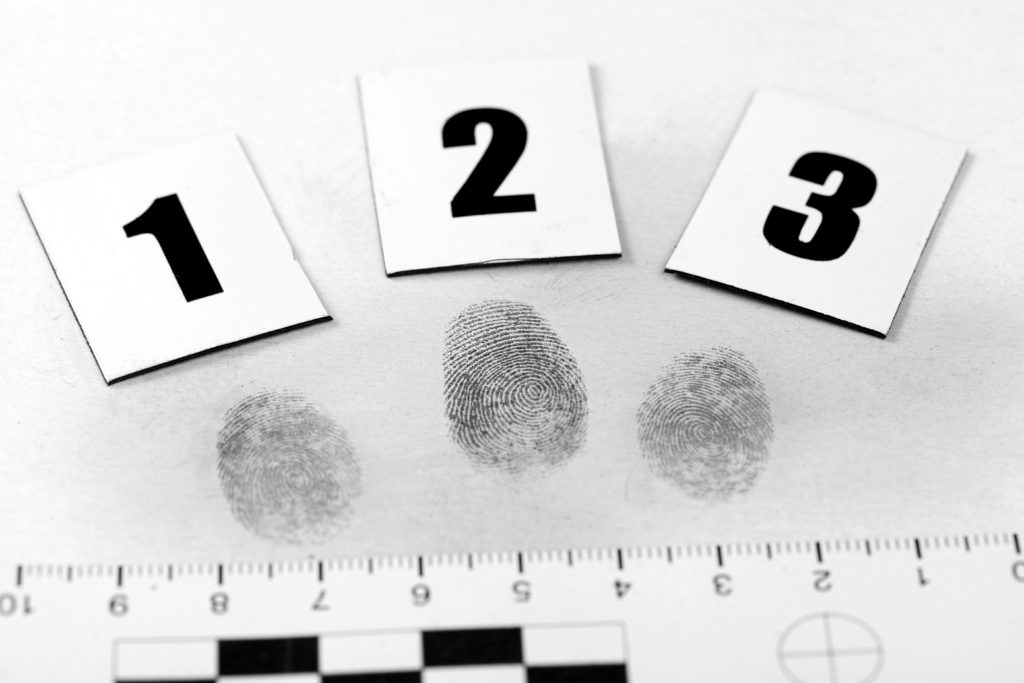Top Rated Criminal Lawyers | Call Us 24/7 AT (416) 658-1818

When an individual is arrested and charged with a hybrid or indictable offence, they are legally obligated to get photographed and fingerprinted as authorized by the Federal Identification of Criminals Act.
However, if an individual is charged with a summary offence, they are not obligated to get photographed and fingerprinted. In the event that an individual is charged but not convicted of an offence, they may apply to have their fingerprints and photographs destroyed.
An individual is eligible to apply to have their fingerprints and photographs destroyed if they are acquitted, or if their charges are dismissed, withdrawn, or resolved by way of a peace bond. Even if an individual pleads guilty to their charges and receives an absolute or conditional discharge, they are still eligible to have their fingerprints and photographs destroyed.
However, if an individual is found guilty, their fingerprints and photographs will not be abolished. To qualify, the individual must be 18 years or older, must not have any criminal convictions, and cannot have any outstanding charges.
In order to get fingerprints and photographs destroyed, an individual must fill out and submit the Fingerprint and Photograph Destruction Application Form and then wait to see if their request is approved. These forms can be obtained from local police services and are then submitted back to the same service. The options to obtain an application include Toronto Police, Peel Regional Police, York Regional, Durham Police, and Halton Regional Police.
An application form is available at the front desk of every division or can be downloaded from the above-listed police services websites. The form requires information such as the applicant’s name, current address, date of birth, the charges that were against them, how their case was resolved, and the date of completion of the applicant’s case, which is the last day the applicant appeared in court.
The waiting period before someone can apply to have their photographs and fingerprints destroyed depends on how the charge against them was resolved. If the charges against them are withdrawn or the charges are withdrawn following their participation in the diversion program, they must wait six months before applying.
In the instances where charges are resolved by way of a peace bond, the individual must wait until the peace bond has expired, and then six months later, they may submit an application. If the person is granted an absolute discharge, a wait of one year from the date of discharge is required before one can apply. Finally, if a conditional discharge is granted, the individual must wait three years from the end of the probationary period before submitting an application to have their information destroyed.
Submitting a request to have photographs and fingerprints destroyed by police services does not guarantee that they will be removed. The applicant will be notified of the decision six months after the request has been viewed. If the request is approved, the applicant will receive written confirmation that the application has been approved and that their fingerprints and photographs have been destroyed.
If an applicant does not agree with the denial of their application to have fingerprints and photographs destroyed, an appeal process is available. The applicant has the right to request a review of the decision that was made. To invoke this right, they must submit a written appeal to the respective service.
For more information, one can call various police services. The Toronto Police Criminal Records can be contacted at (416)-808-8268. The Peel Regional Police can be reached at 905) 453-2121, Extension 4390 or 4338. The Document Control Supervisor at the York Regional Police is available at 1-888-876-5423, ext. 7077. The Durham Police Services can be contacted at (905) 579-1520, and the Halton Regional Police at (905)-825-4747 ext. 5061.
If you were charged but not convicted of a crime, you may be eligible to request the destruction of your fingerprints and mugshot from police records. Eligibility depends on how your case was resolved—withdrawn charges, peace bonds, or discharges may qualify after specific waiting periods. However, approval is not automatic, as police services have discretion over destruction requests.
If your application is denied, you may have the right to appeal the decision. Our criminal law firm in Toronto can guide you through the application and appeal process, helping you take the necessary steps to clear your record. Contact us today for a confidential consultation.